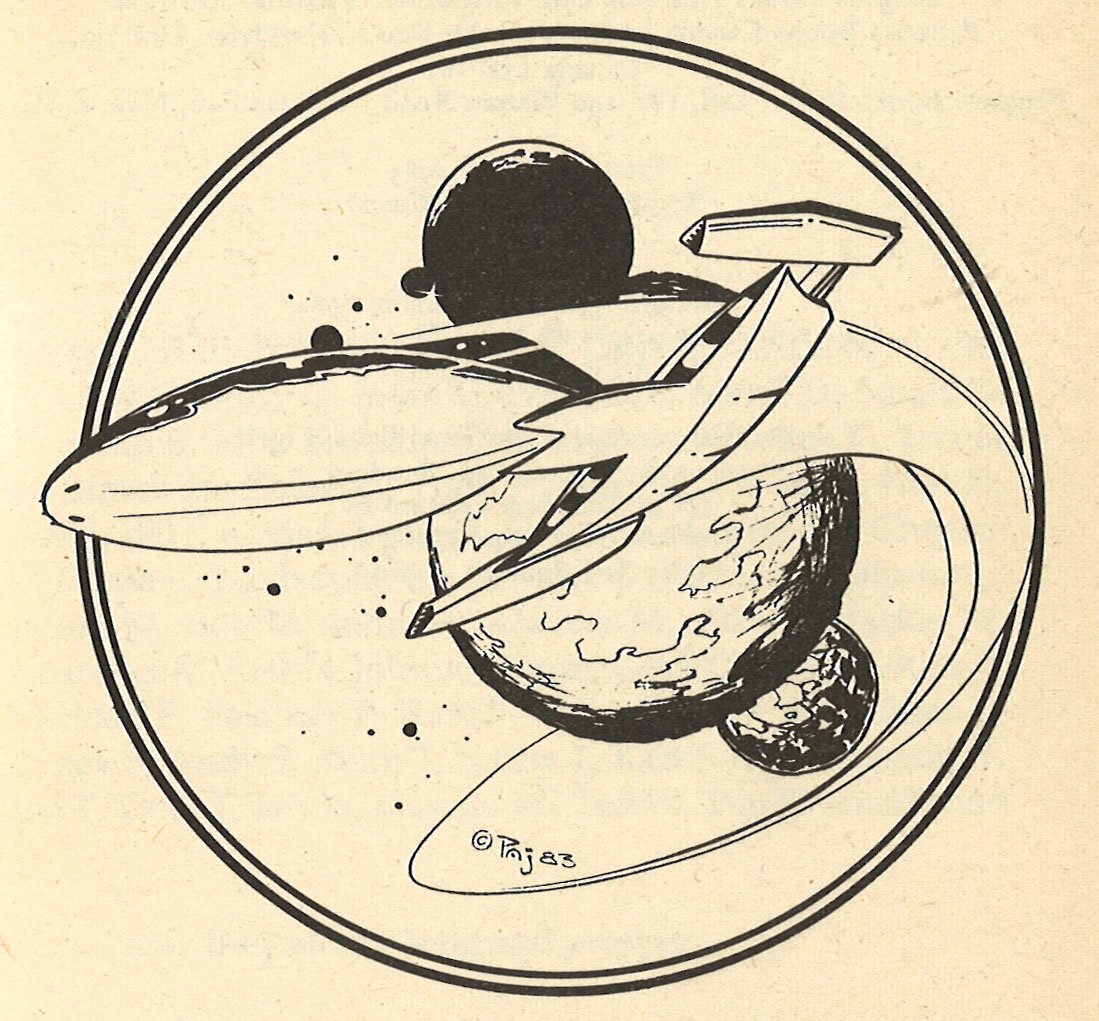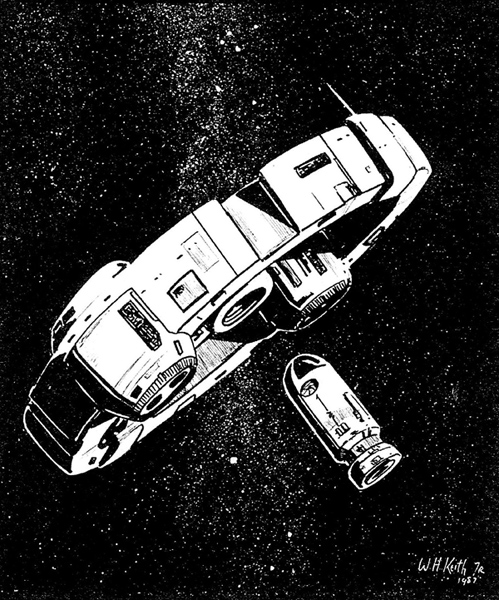
OK, SO, It's been a while since I wrote an article! A solid month and a half in fact! I'm losing ground on my article buffer! Time to push it ahead by a week, seeing as my biweekly game has been cancelled.
Recently, I've been playing Classic Traveller. I've always had a soft spot for old school games. Their goofy, half-baked rules and disorganized source books make for an interesting experience wholly unlike the polished RPGs of the 21st century. (No, seriously, game design went through a significant change right at the turn of the century, it's actually quite pronounced) The campaign I'm running is not set in the standard Traveller universe because I don't have time to read over a thousand pages of setting information just to run a 4 hour game. Instead I used the rules packaged with the original game to build my own setting. However, as part of that, I wound up building a setting with a mixed bag of conflicting interstellar governments. It didn't make sense for them all to use the same standard ship designs presented in the book, (Mainly because they suck and nobody should ever use them anyways) so I had to design a lot of starships fast.
That proved difficult. The ship design rules are complex, with many side cases and corollaries to account for. It is very easy to make a design mistake or misunderstand a design rule. To aid me in the process, I designed a spreadsheet which allows me to design dozens of starships in a matter of hours. It does all of the calculations for you and is already formatted to be printed out, so you don't even need to write the stats out yourself if you don't want to.
Here's the Starport Shipyard.

However, in doing this, I discovered something: Starship Design is not a minigame as it was billed by the designers. In fact, neither is chargen! That is a lame excuse for what can only be described as intentionally obtuse game design. Let me explain.
See, in character generation, players engage a "minigame" which decides their skills for them by writing out an abstract narrative of their career history prior to the start of the game. As part of this "minigame", it is possible for a character to die. Now, while this has been hailed by many as innovative- AND IT IS- it's also fucking stupid in practice. When I'm trying to start a game, and it takes time to do all these rolls and stuff, the last thing I want is for it to suddenly take twice as long because of a bad roll forcing me to start over from scratch! It's just an arbitrary interruption that makes the first session take longer! Happily, they included an optional rule for a death to simply be an "injury requiring hospitalization" resulting in a half term providing 1 less skill than usual. (0 for military, 1 for scouts and merchants)
But even that variant rule doesn't make character generation into a game. It just makes it a slow and elaborate process with unpredictable results. That's no more a game than just randomly rolling dice and writing the results down!
Meanwhile, starship design basically boils down to a process by which prerequisites are chosen before the vessel's needs have been determined. For example, when installing maneuvering and jump drives (the things that make the ship "go") the effectiveness of each drive class is based on the mass of the hull. That means you need to select a hull size first. However, fuel demand for jump drives is based on jump potential, which means the fuel needs often exceed the remaining mass of the hull, forcing a hull size increase... but that hull size increase then reduces drive potential, forcing a larger drive to be chosen... etc. Basically, in other words, the charts used to design ships intentionally obfuscate the actual limits of the ship design system. As a consequence, you wind up wasting a great deal of time mucking about with impossible designs.
One of the most obnoxious aspects of ship design however, is the bridge mass requirement. 20% of hull mass, with a minimum of 20 tons, must be dedicated to the ship's bridge. That's equivalent to 40 squares when you draw the deck plan. Given that each square is 1.5m wide, that means the smallest possible bridge is 90 square meters. Now, you might be thinking, "yeah, like the bridge from Star Trek, right?" except you'd be wrong. Most ships require no more than a staff of 2: a pilot and a navigator. They don't need a captain to tell them what to do, they already know their jobs. Communications software, as in reality, just works the way it's supposed to. Metrical information is important to the operations of the ship, so they can also operate all of the ship's sensors and other instrumentation. Operating a starship is their job. So why do they need over 90 square meters to walk around?!
Now, maybe that'd be kind of a fun learning experience for, like, the first time the players try to have a ship built. But after that first time, or if you're a referee trying to design a whole military fleet, it's just fucking annoying! I'm busy! I have over 20 ship classes to design in one system alone, and these intentionally dysfunctional design rules are really getting in the god damn way!

Anyways, uh... Yeah. Guess I just wanted to bitch about that for a bit.
Just because you can lose at something doesn't make it a game, it just makes it annoying.
This is great - thanks for sharing! My only comment is that the Armaments section does not seem to compute tonnage etc. Not sure if I am doing something wrong, or if this is something that needs adding. But regardless, a very useful tool. Rob
ReplyDelete